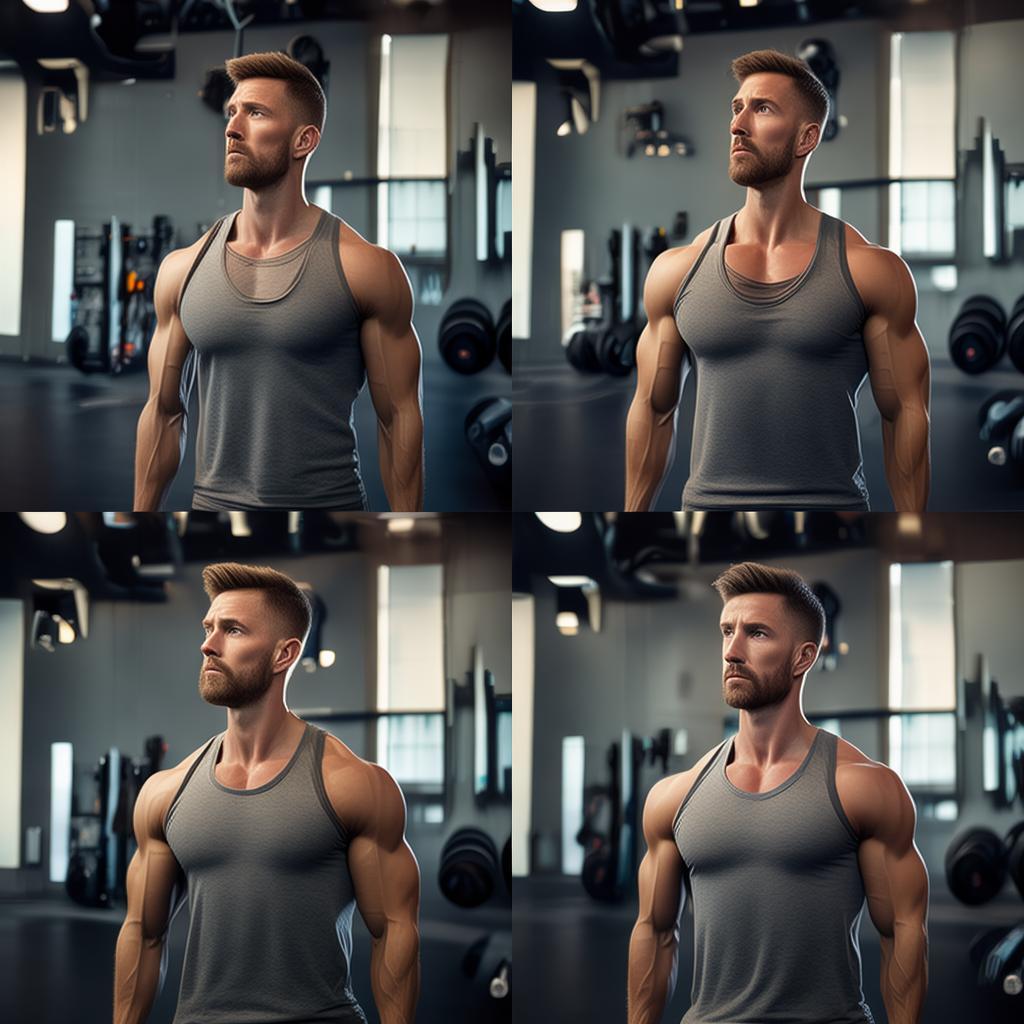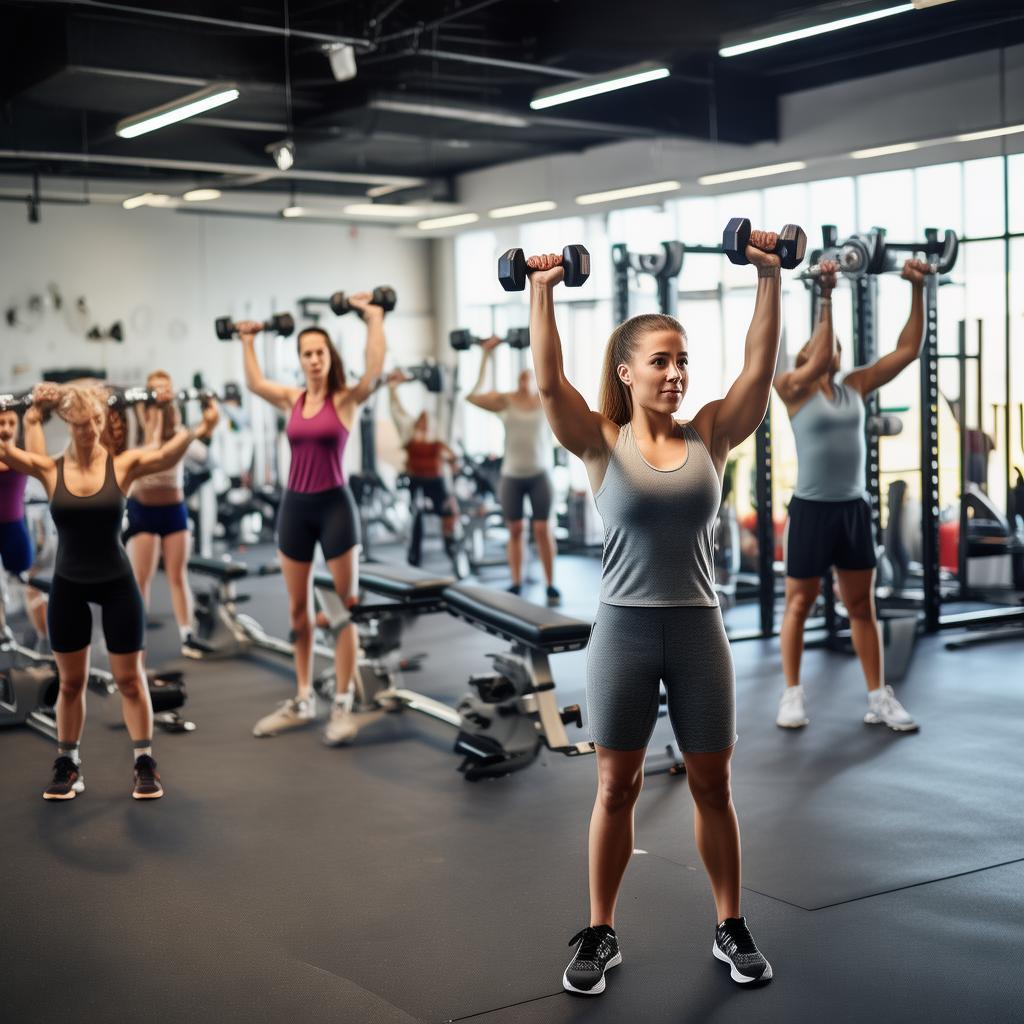Introduction
The dumbbell flying bird is a classic action in pectoral muscle training. Being a single – joint action, it makes the pectoral muscle force more obvious, which is why it is favored by many fitness enthusiasts. However, despite its seemingly simple appearance, it is easy to make mistakes, especially for beginners. So, how should one perform the dumbbell flying bird correctly?
Details of Practicing Pectoral Muscles
1. Stabilize the Scapulae
In the bench – press method, the shoulder position is of great significance. Many people shrug their shoulders (scapular lift) and rotate their shoulders internally during exercise, which leads to a significant loss of tension in the pectoral muscles. When lifting the dumbbells upwards, only the big arms should move, and the scapulae should remain stable. It is advisable to keep the shoulder blades slightly back and down, ensuring that the upper back is as close to the bench as possible. When opening the hands wide, the shoulders must be locked.
2. The Top of the Movement: Make the Big Arms Approach
The main reason why many people don’t feel the squeeze is that the shoulders are not tucked in horizontally enough and there is insufficient resistance in the contraction phase. Feeling the arms close hard at the top of the movement when closed can increase the range of shoulder contraction and shorten the pectoral fibers. The hard – approaching of the arms (humerus) helps to better squeeze the pectoral muscles.
3. The Top of the Action: Reverse Grip Position
As the dumbbell moves upward, one can try turning the palm toward oneself, which helps bring the big arm closer. Although it is generally thought that the dumbbell bird may cause damage to the shoulders, in fact, it is as safe as many other training movements. The chest’s main function is to contract the arms, and the dumbbell bird is a very direct and effective training method.
Common Misconceptions about Dumbbell Flying Bird
1. Inadequate Preparation Activities
Since the dumbbird has a large shoulder – joint movement angle, warm – up training for the shoulders and upper back is crucial. Many injuries are due to neglecting warm – up training rather than the exercise itself. It is recommended to do shoulder – wrapping and extension exercises. An effective way is to use an elastic band or polyvinyl chloride bar for shoulder wrapping. Choose an appropriate grip according to your strength and do 3 sets of 12 – 15 shoulder – wrapping exercises per group for warm – up.
2. Angle of Wrist Action
When releasing the dumbbells, some people let the wrists turn with them, and at the lowest point, the palms face the feet. This significantly increases the burden on the shoulders, affects the shoulder – joint movement angle and the depth of the dumbbell, reduces the natural burden on the chest, and decreases the efficiency of chest stimulation. For amateurs, the palms should always face the chest during exercise, whether descending or ascending, so as to maximize the chest stimulation and minimize the burden on the shoulder joints.
3. Lack of Back Control
In the bench – press movement, a tight back is important. Similarly, if there is a lack of good back – pressure control during the dumbbell flying bird exercise, it can lead to poor training results or even injury. During the exercise, the scapulae should be folded toward the middle or down and maintained throughout. A simple method is to lie down, step on the ground with both feet, slide the body on the training table for a certain distance, and fold the scapulae during the process.
Analysis of Dumbbell Flying Bird
1. The Impact of the Chair Angle on the Training Effect
When doing inclined dumbbells, we lie on an inclined chair. Some people think that the greater the angle, the better, but this is a misunderstanding. As the angle increases, the stimulation of the shoulders increases and that of the chest decreases, which affects the effectiveness of the exercise.
2. Don’t Over – exaggerate the Movement at the Lowest Point
In strength training, maximizing muscle contraction and tension is beneficial. However, when the dumbbell is lowered to the lowest point, muscle contraction and tension increase, and the stress on the shoulders also increases. Long – term training in this way can cause shoulder damage.
3. Mastering the Correct Bell – holding Technique
Some people think the movement starts when the dumbbell rises to the highest point, while others think it starts from the sides. At the lowest point, holding the dumbbell with the palm facing up can cause a strong stretch in the chest, increase chest stimulation, and make the muscle – exercising effect more obvious.
4. Dumbbell Flying Bird Movements
Adjust the seat angle to 30 degrees to increase pectoral muscle stimulation. Lying flat on the inclined chair, hold the dumbbells directly above the shoulders, place the feet palms on the ground, contract the shoulder blades backward, press the back against the chair back, contract the abdominal muscles, and keep the neck extended. During the exercise, when the dumbbells move upward, make the movement route triangular. When the dumbbells collide at the top of the chest, perform peak contraction for 1 second, feel a strong squeeze in the pectoral muscles, and then slowly return the dumbbells to the original position. It is recommended to do about 3 sets of 10 times each, with continuous movement and no rest in between.
The dumbbell flying bird has obvious effects on pectoral muscle exercise, but it is easy to go wrong. Understanding the common misunderstandings before doing it plays a great role in regulating fitness.





